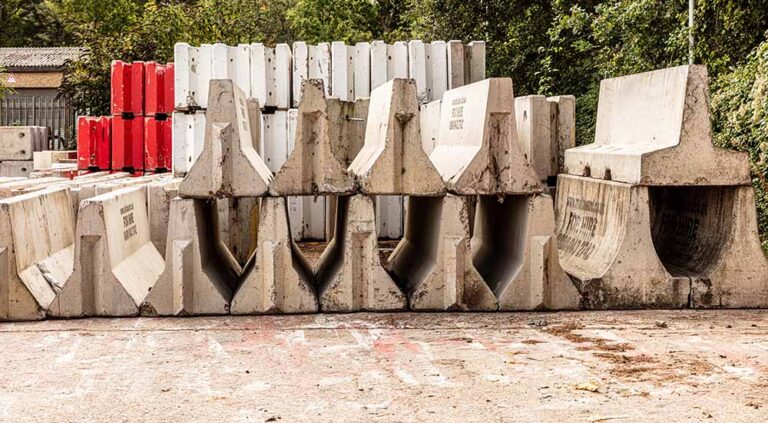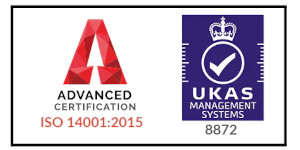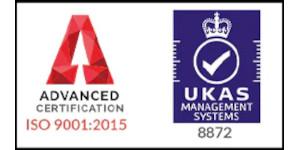Do you need water-filled barriers or concrete barriers?

There are a number of key differences between water-filled barriers and concrete barriers. While in some cases it can be appropriate to use either type of barrier for the job you need it for, in others it is definitely preferable to use one over the other. Each type has their own specific properties and characteristics which can make it more valuable in specific circumstances.
If you are choosing between the two for a specific job, it is important to understand the strengths and weaknesses of each.
To help you make a more informed choice, this blog will look at which type of barrier is right for specific types of jobs, as well as helping you to understand the pros and cons of choosing either.
The major differences
Water-filled barriers are made using hollow plastic which can be filled with water making them much heavier and more durable. The barriers are manufactured in bright colours which makes them stand out and be obvious to vehicles and pedestrians.
They are cost-effective and very portable – when they are drained, a barrier can be lifted and carried by a single person. This means that if you want to move your barriers around as a part of the job, this can be easily accomplished.
Water-filled barriers are typically made from plastic that is recyclable, meaning that even when they come to the end of their useful life, they are not a problem for the environment.
However, this type of barrier is not as useful in terms of offering protection or deflection. They should not be used, for example, on a construction site as a way of protecting workers or members of the public from heavy machinery, in spite of their appearance.
Concrete barriers are, as the name implies, made from solid concrete. This makes them extremely durable, robust, and heavy. It is these qualities that make them effective at certain tasks. However, it can also be limiting in other respects; the weight means that they cannot be easily moved and as such, they should be considered semi-permanent.
These barriers have a very physical and imposing look – they send an obvious message of strength and security.
Setting up concrete barriers takes time and specific equipment. This means that you need to be very clear about where barriers must go and be used.
What are water-filled barriers used for?
Perhaps the key use for water-filled barriers is on roads and sites where there needs to be a clear delineation between areas for pedestrians and vehicles. The fact that these barriers are highly visible and use bright colours means that they are very obvious to drivers and cannot be mistaken.
They can be deployed very effectively at events and festivals for crowd management and dictating flow of movement. If you oversee any occasion where pedestrians and vehicles are in close proximity, these barriers can keep them apart.
What are concrete barriers used for?
Concrete barriers have a number of uses, mainly based around their weight, strength and durability. This makes them ideal for stopping or deflecting vehicles, preventing access to properties and restricting views of sites and other areas.
Ideal for improving security, they can be used to defend sites, events and properties.
If you are interested in hiring or buying either concrete barriers or water-filled barriers, the team at Maltaward would be happy to help. Get in contact with our experienced team today for a quote.










